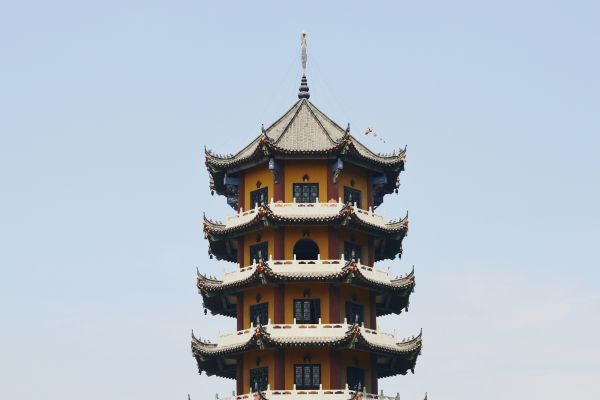
On 9 Jun. 2021, the Department of General Affairs of the Ministry of Commerce and Chinese Academy of International Trade and Economic Cooperation jointly released the “Report on China’s Foreign Trade Situations” (Spring 2021) (the "Report", 中国对外贸易形势报告(2021年春季)). The Report reviews China's foreign trade performance from 2020 to 2021 spring, with an analysis of the developing environment of China's foreign trade in 2021.
As for the foreign trade situation in 2021, the Report states that cross-border e-commerce will become one of the main driving forces for foreign trade growth in 2021. In the first quarter, the full-covered cross-border e-commerce customs import and export volume reached CNY 419.5 billion, up 46.5% year-on-year, and contributed 7% to the growth in imports and exports of the same period. Of the total, the export volume was CNY 288 billion, with an increase of 69.3%, while the import volume was CNY 138.7 billion, with an increase of 15.1%.
In terms of foreign trade, the Report outlines the opportunities that the Regional Comprehensive Economic Partnership (RCEP) has brought to China. The RCEP covers the world's leading super-large free trade zone, and the market it covers will inject a strong impetus to regional and global economic growth.
For China, the RCEP has created the following opportunities. Firstly, it greatly promotes trade liberalization and facilitation. When the RCEP comes into force, more than 90% of goods will be tariff-free, covering China's trade volume of USD1.4 trillion. Secondly, the regional cumulative rules for the country of origin provided in the RCEP are conducive to lowering the threshold for enterprises to enjoy tariff preferences, promoting intra-regional trade cooperation, and stabilizing and strengthening the regional industrial chain and supply chain. Thirdly, it facilitates further opening-up of trade in both inbound and outbound services and investment. China has made a high level of service trade openness commitment in the RCEP and for the first time included a negative list for investment in an international treaty. The other 14 members of the RCEP have also offered high levels of openness to investment in services such as construction, transport, logistics, and R&D, which China is focusing on, and have lifted investment restrictions in the manufacturing and mining sectors. Fourthly, RCEP establishes a set of measures to improve the business environment and creates a fair, transparent, stable, and predictable policy environment for Chinese enterprises.
Cover Photo by Liu HC (https://unsplash.com/@lhc01) on Unsplash
Contributors: CJO Staff Contributors Team









